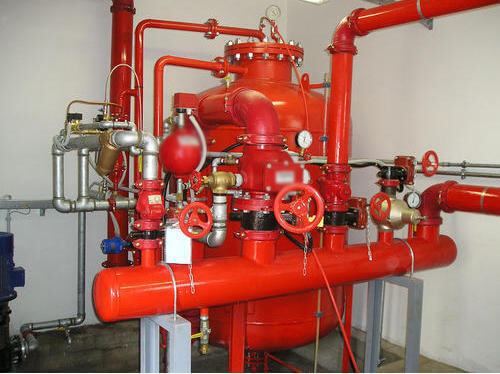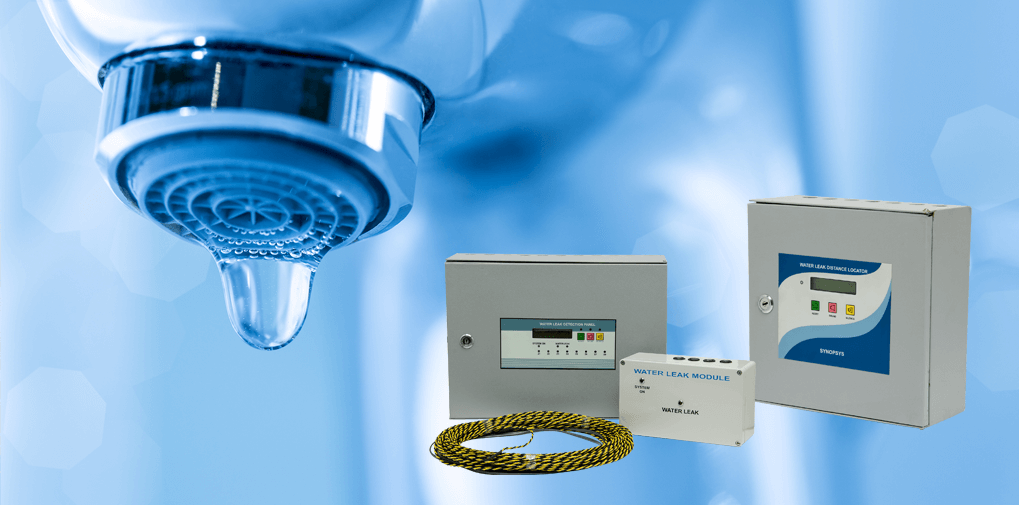A fire hydrant is more than just a bright red fixture on the street; it’s a vital component of our community’s safety infrastructure. Designed for quick access by firefighters, these hydrants provide the necessary water supply to combat fires and protect lives. Their strategic placement ensures that emergency responders can act swiftly in times of crisis, making our neighborhoods safer for everyone. Let’s appreciate the role of fire hydrants in safeguarding our homes and businesses!
- Immediate Access to Water
Fire hydrants provide firefighters with immediate access to a reliable water source, which is essential for extinguishing fires quickly. This rapid response can significantly reduce the spread of fire and minimize damage to property and life. - Enhanced Firefighting Efficiency
With strategically placed hydrants, firefighters can quickly connect hoses and begin suppression efforts without the need to transport water from distant sources. This efficiency can be critical in urban areas where time is of the essence. - Improved Fire Safety in Urban Areas
In densely populated urban environments, fire hydrants are essential for maintaining fire safety. They ensure that firefighters can access water quickly, which is vital for protecting high-rise buildings and densely packed structures. - Cost-Effective Solution
Installing fire hydrants is generally more cost-effective than other water supply systems, such as building extensive underground reservoirs or water tanks. Hydrants can be connected to existing municipal water systems, reducing infrastructure costs. - Community Preparedness
The presence of fire hydrants contributes to overall community preparedness. Knowing that there are accessible water sources nearby can provide peace of mind to residents and businesses, encouraging proactive fire safety measures. - Support for Fire Prevention Programs
Fire hydrants can be integrated into broader fire prevention programs, including regular inspections and maintenance. This ensures that hydrants are always operational and ready for use in emergencies.



